Events, Concerts, Performances
Music and visualizations are mainstays of the Festival program. An opening extravaganza on Thursday kicks off the five-day media art festival. Linz’s spacious riverside Donaupark will once again be serving as an open-air stage—on Saturday, centerpiece of the Visualized Klangwolke (Cloud of Sound); on Sunday, the site of the Big Concert Night when orchestral music and digital sounds intermingle with live electronics and visualizations. Sonic Saturday and Music Monday are great opportunities for aficionados of digital music and sound art to enjoy up-close-and-personal encounters with the festival’s lineup of artists and musicians.
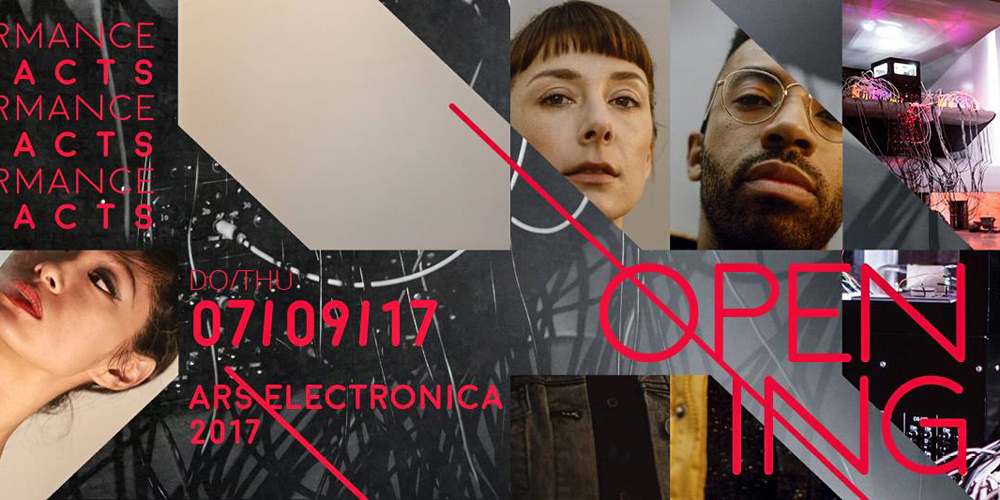
Space and sound will transport you to distant spheres, so enjoy the trip as the 2017 Ars Electronica Opening takes its inimitable course.
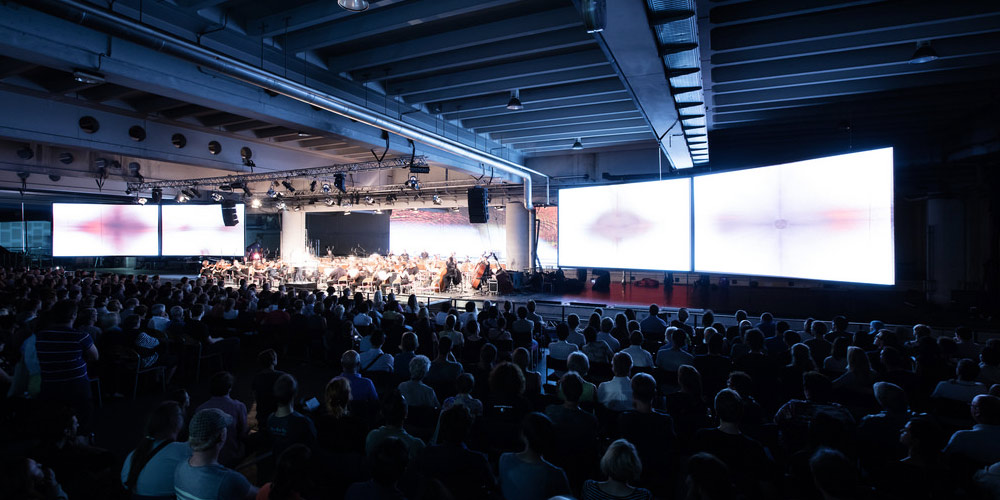
A unique and extremely successful cooperative relationship is being carried on and reinvented. Ars Electronica’s Big Concert Night in collaboration with the renowned Bruckner Orchester Linz is a jewel of the festival. There’s scarcely a comparable opportunity to experience such an intensive encounter of instrumental music-making and digital sounds, and of the music of the past and present. This year, Markus Poschner, the new conductor of the Bruckner Orchester, will add a new musical wrinkle to this encounter amidst the huge Gleishalle (Track Hall) of POSTCITY.
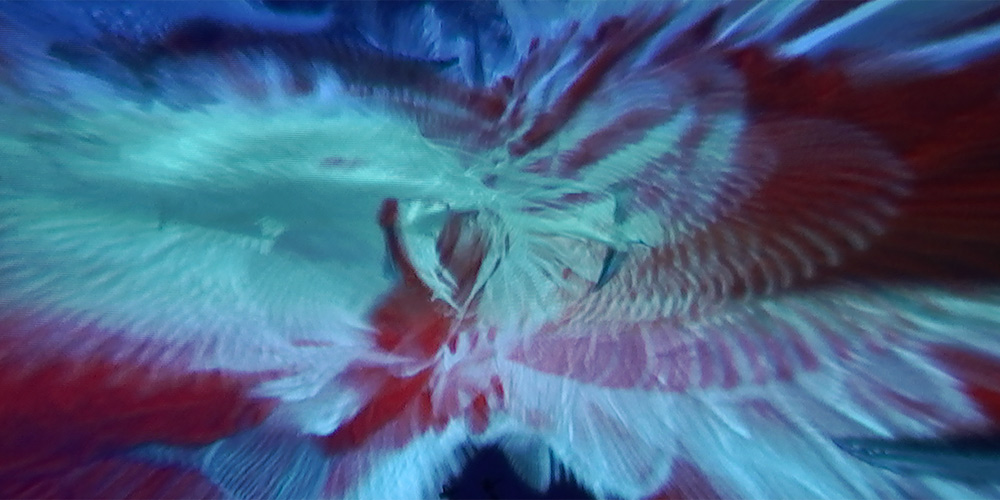
The Twenty Etudes for Piano were composed during the years from 1991 to 2012. Their final configuration into Book 1 and Book 2 was determined by the music itself in the course of its composition. Taken together, they suggest a real trajectory that includes a broad range of music and technical ideas.
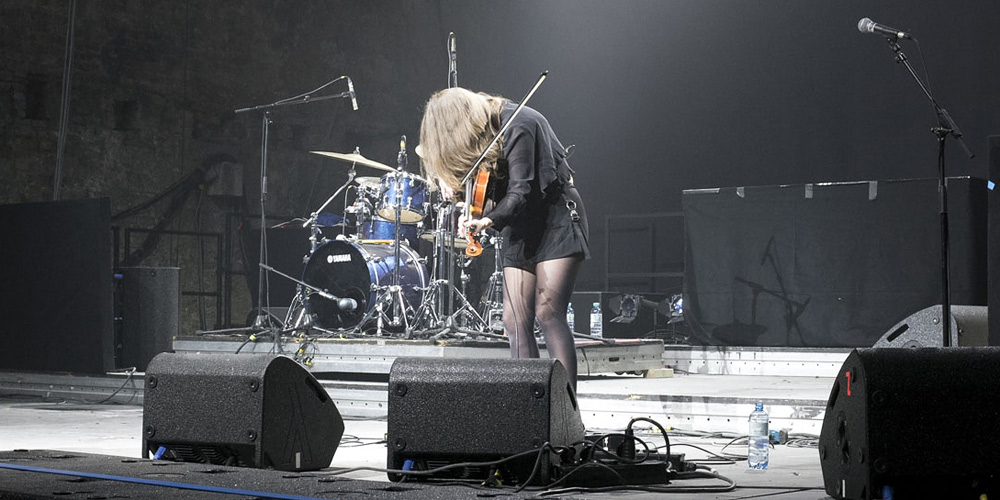
Linz reclaims its slot at the epicenter of contemporary electronic music as international acts and performers convene for the Ars Electronica Nightline.

Like a giant whale LightScale II floats through a virtual ocean, materializing environments, events and user interactions. The installation generates a tactile data experience through 3D projections onto multi-layered gauze surfaces.
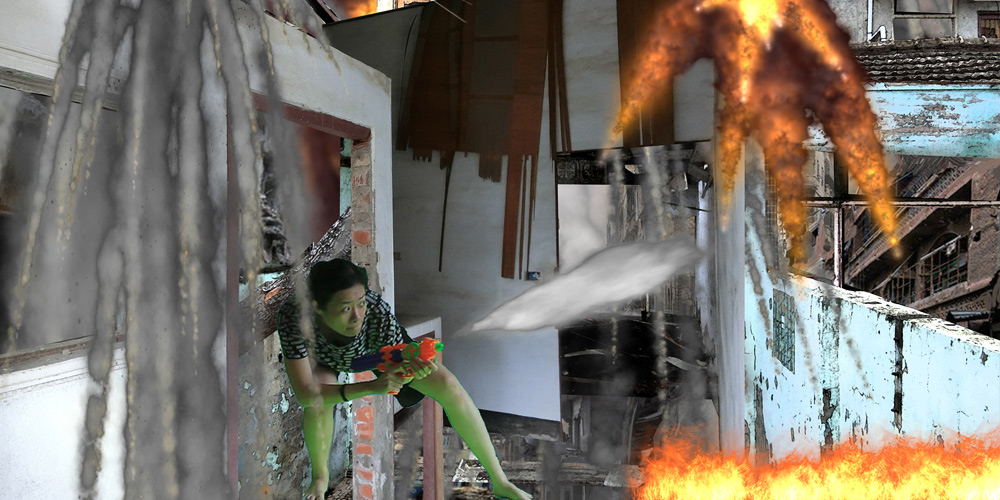
There is always a child living inside our mind. Jean-Jacques Rousseau might have called the child Émile or Sophie. This child has eternally coexisted with us and always gazed back at our heart. How do we define growing up? Or have we never grown older?
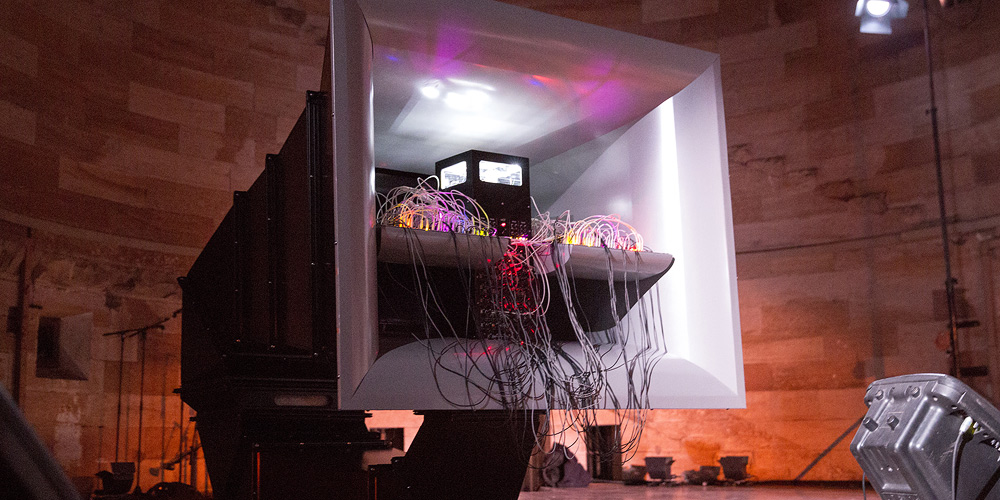
cellF is Guy Ben-Ary’s self-portrait but also the world’s first neural synthesizer. cellF’s “brain” is made of a living neural network that grows in a Petri dish and controls analog synthesizers that work in synergy with the neural network in real time.
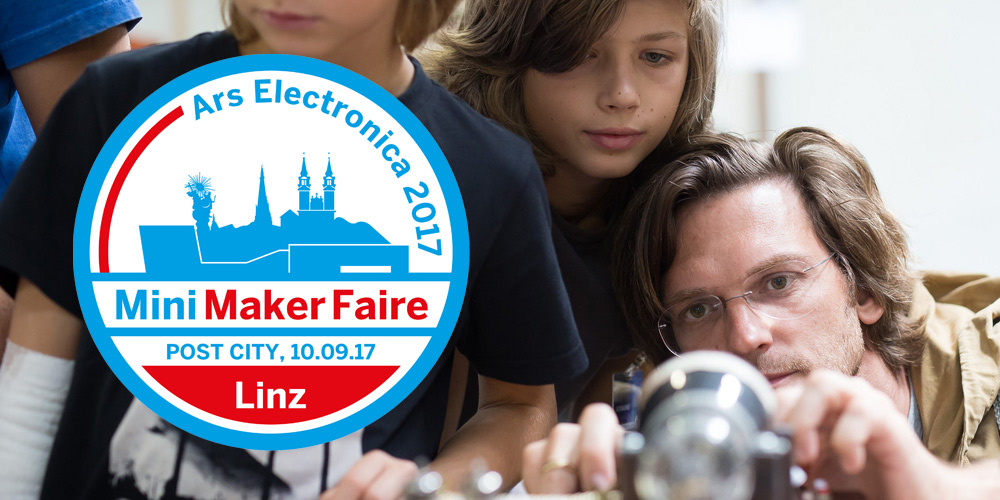
Makers who love experimentation present their do-it-yourself projects on Sunday. Above all, this is about dialog: people can exchange their knowledge and experiences in speeches and workshops.
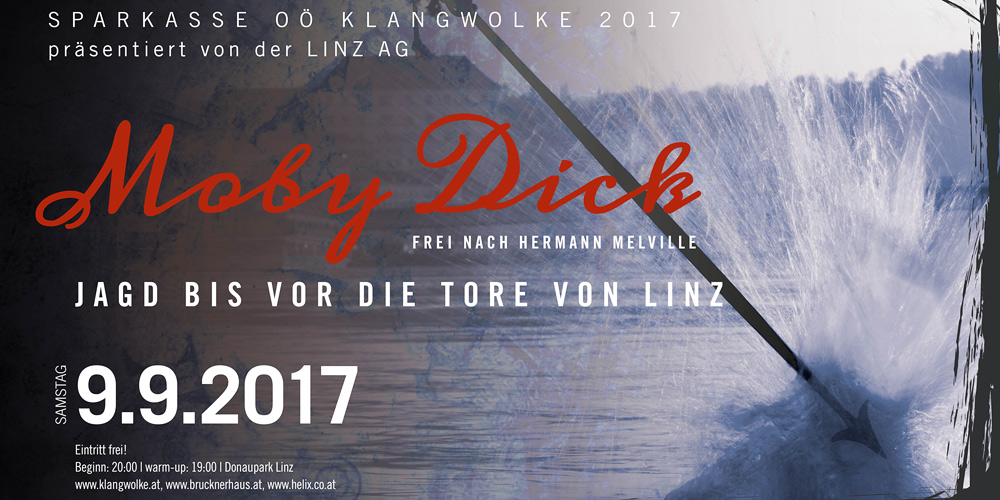
The fateful voyage of the Pequod, the whaling ship whose Captain Ahab was driven by blind hate to hunt down a white sperm whale, will be performed in a theatrical form that conveys all of the work’s drama and philosophy. The proximity to water and the far-fetched possibility that Moby Dick could have wended his way upriver as far as Linz impart a very special appeal to this production with a local hook.
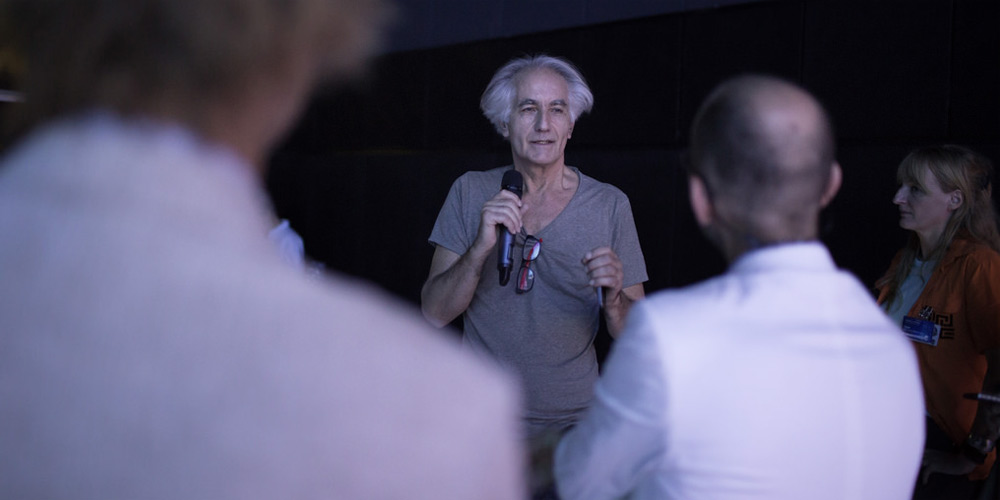
Euphoric connoisseurs and fervent fans, once again this year the seasoned professionals and intrepid amateurs who make up the digital music and sound art scene will gather for Music Monday on the last day of Ars Electronica. The journey begins at 10:30 AM at Linz’s Bruckner University, where insights into undergraduates’ artistic practices and a workshop awaits the participants.

The Tokyo-based artist and musician Ei Wada started the “Electronicos Fantasticos!“ project, where he revives old domestic electronic devices and turns them into electronic musical instruments, in 2015. Among the various instruments the project has created is the “Sempookin“ (literally, “electric fan harp”).
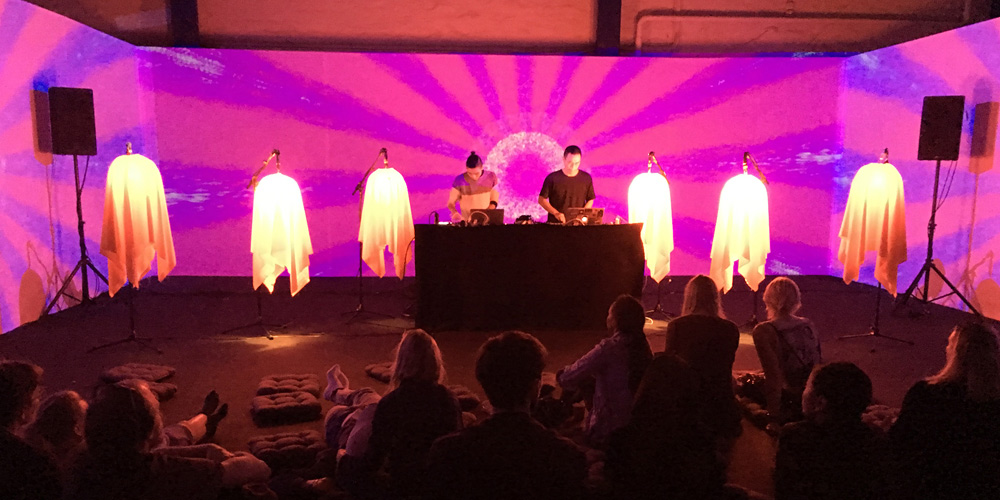
Through this project the artists aim to bring back a colorful future to young victims of the Formosa Fun Coast explosion through music, art and technology.
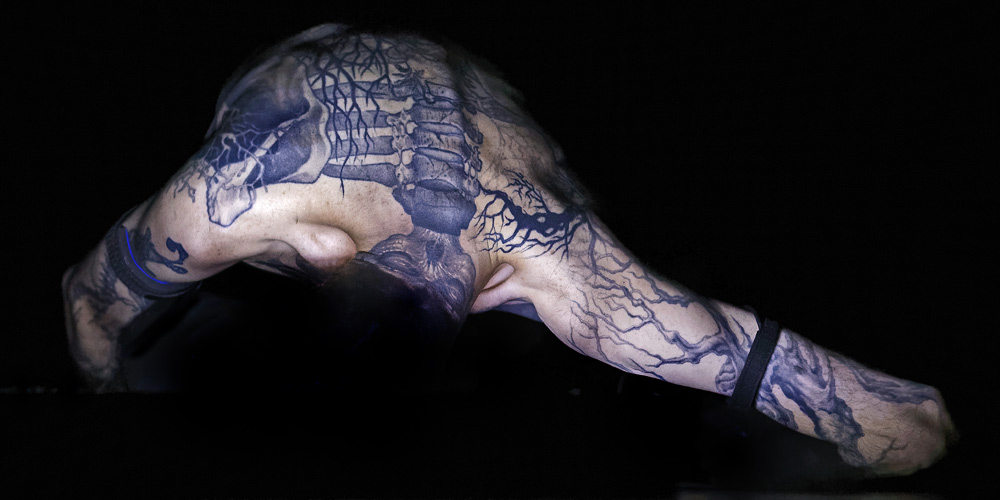
Corpus Nil is a music performance exploring hybrid forms of identity and musicianship. It does so through an intense and ritualistic interaction between an artificially intelligent musical instrument, a human body and sound.
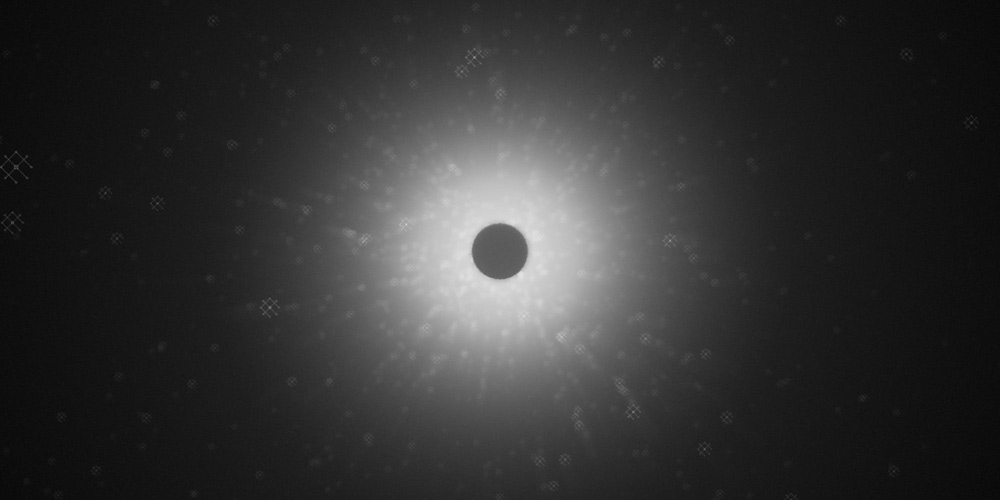
Breaking The Wall invites the audience to participate in the interplay of artifacts, artists, audience and technology. The interactive performance focuses on the technological and dramaturgical connection of audience, sound, light and room and triggers questions of digital surveillance and technological authority.

Bio Austria is the association of Austrian organic farmers and thus the advocacy group for organic farming in this country. With approximately 12,500 members, it is also Europe’s largest organic farming association.
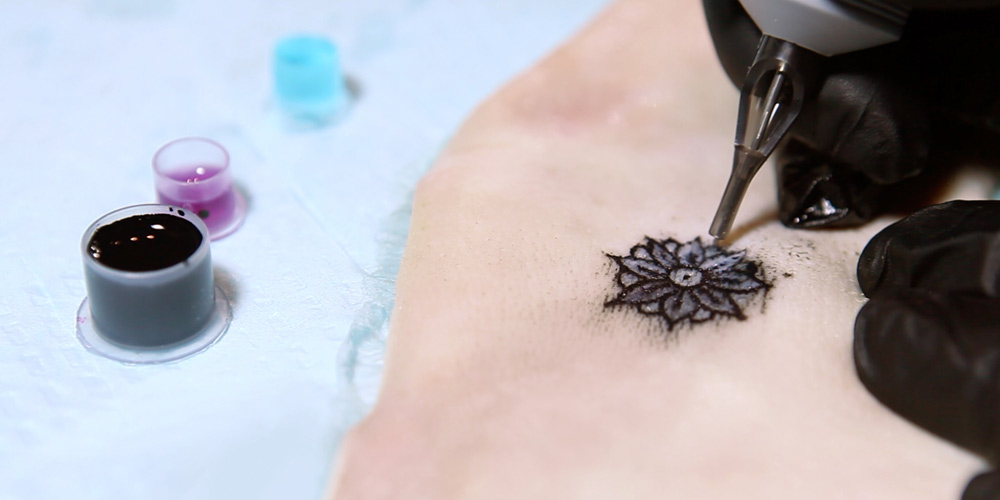
The Dermal Abyss creates a direct access to the compartments in the body and reflects inner metabolic processes in the shape of a tattoo. Traditional tattoo inks are replaced with biosensors whose color changes.
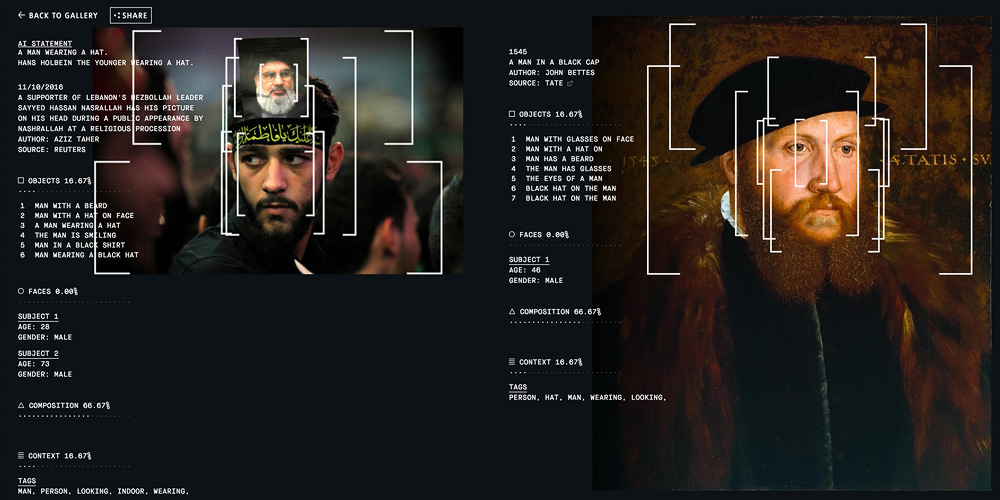
Can a machine make us look at art through the lens of today’s world? Inspired by the paradoxes of bringing AI to a museum applying rational and objective thinking to a subjective field like art, Recognition uses artificial intelligence algorithms to compare photographs from current events as they unfold.
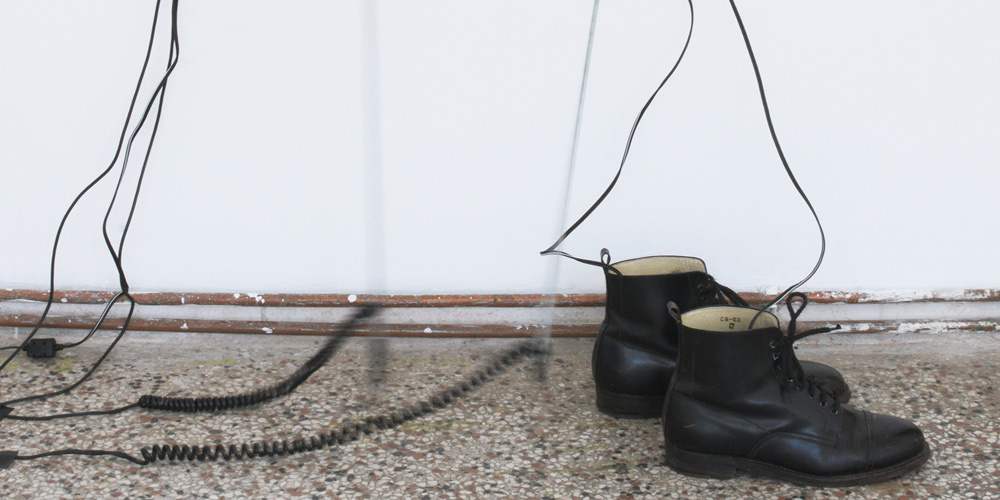
In our audible/profitable economy/exhibition financial microtransactions are transformed into extra tonal sound structures. The exhibition consists of several coin-operated machines, each dedicated to a specific sonic event.
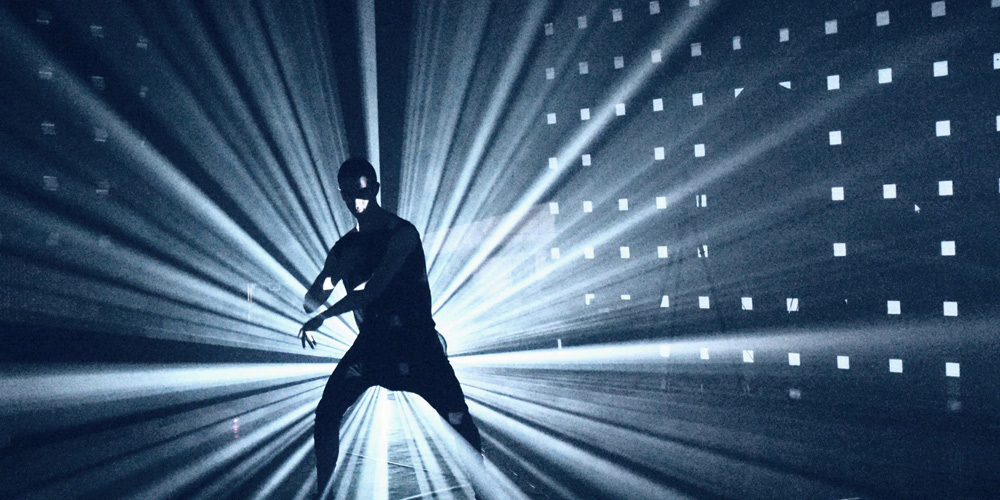
SINGULARITY blends data, dance, music and architecture in an immersive performance that transports audiences into spaces of awe and delight. Large 3D holographic constructions appear interactively in space. The set-up combines a live-render program with motion-tracking cameras and triangulated projectors illuminating haze particles.
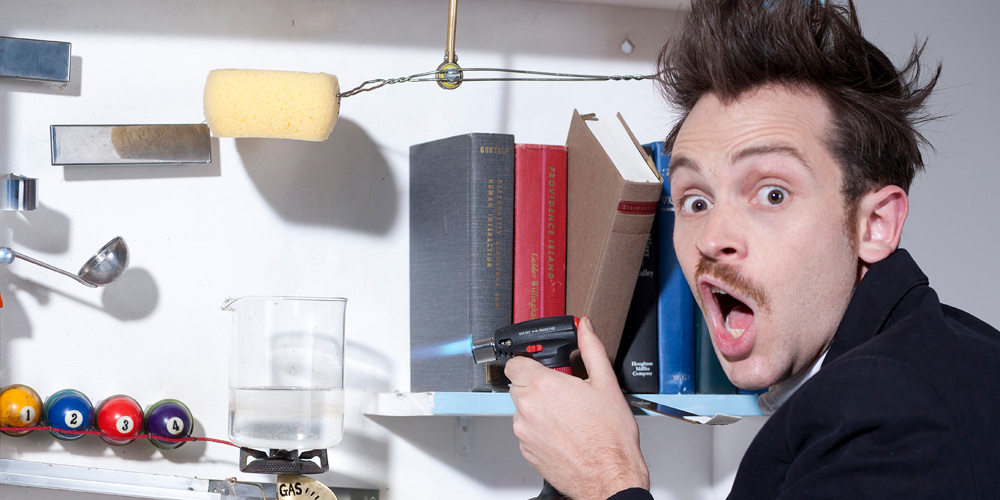
One of the things that separates humans from machines is our ability to play. If life becomes all about efficiently achieving goals then it can become meaningless. Humans need to play! So what happens when there is true artificial intelligence? Will machines play too?
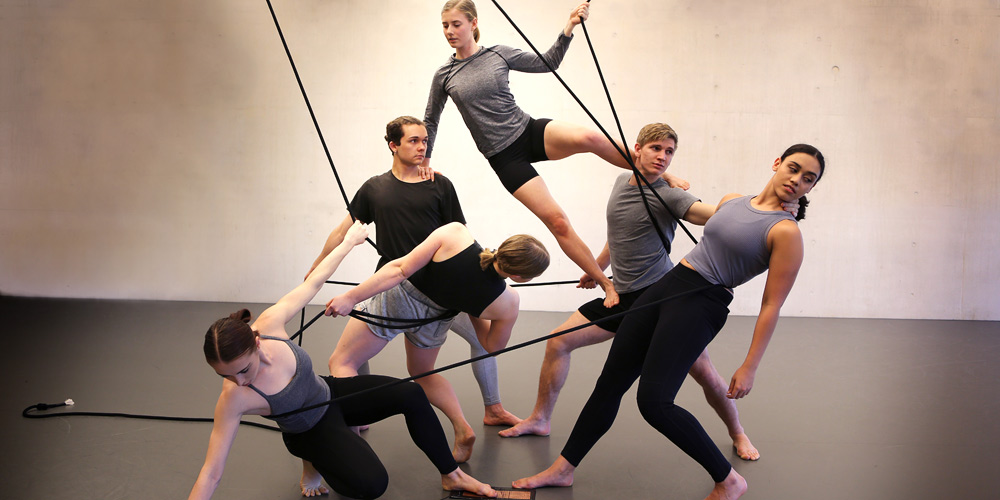
SynapSense is a performative installation heightening our bodily awareness. Sensorial understanding through enactment is revealed via three modes: explore, calibrate and create.
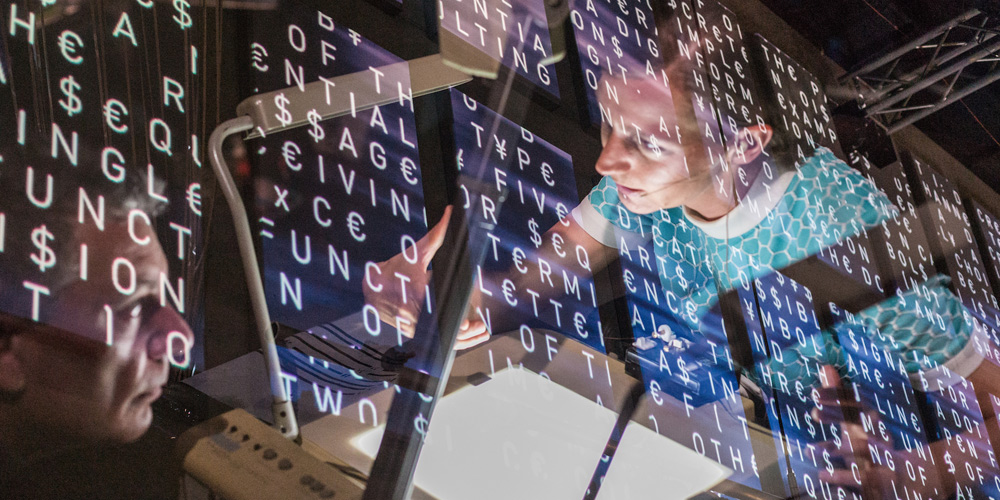
ENTROPY is an international, transdisciplinary research project on entropic processes. In the course of a two-year discourse process, artists and scientists have followed the traces of the famous “H-Theorem” of thermodynamic theory in collaborative settings.
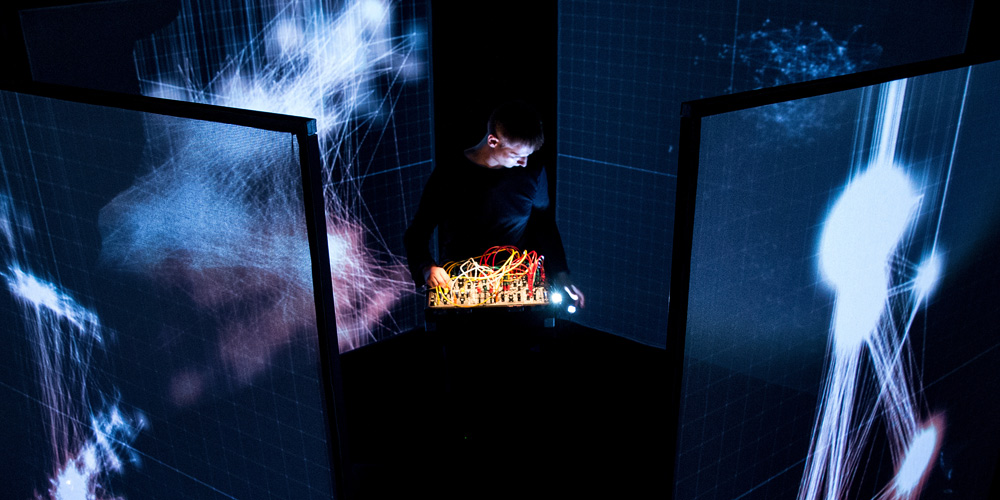
_nybble_ is an audiovisual, formal and spatial performance in which the media fluctuate between minimal and organic digital aesthetics. Two poles on the same continuum.
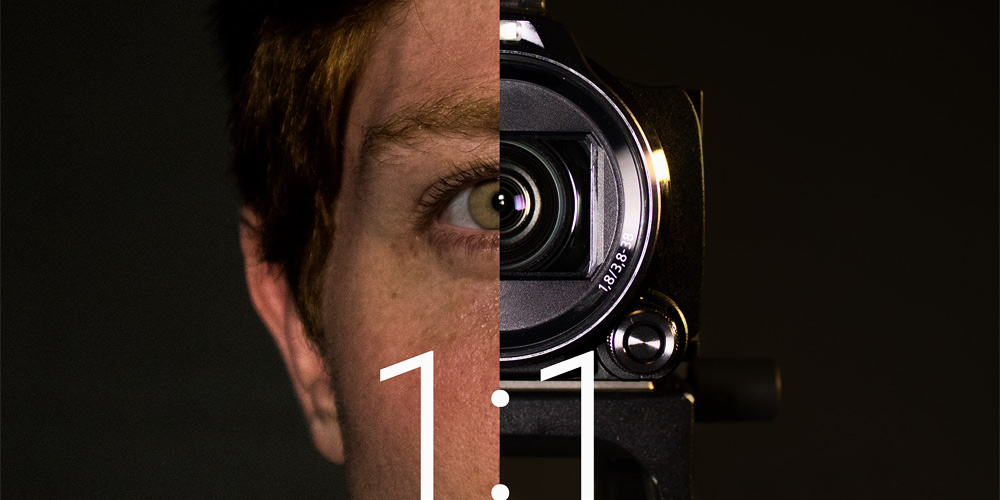
The 1:1 project is about the relationship between a human and a robot camera—how they grow to be able to imagine each other in complex ways, seeing each other on a 1:1 scale.
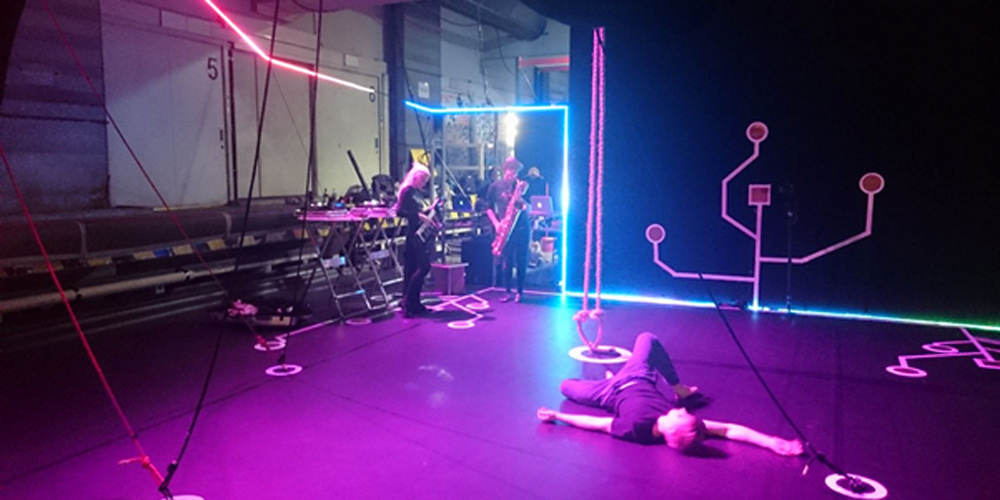
In cooperation with the Australian Council of the Arts and Queensland University of Technology, the Ars Electronica Festival provided the stage for a special all Australian closing performance by SynapeSense and special guests Lena Avaxa and Yanto Browning.
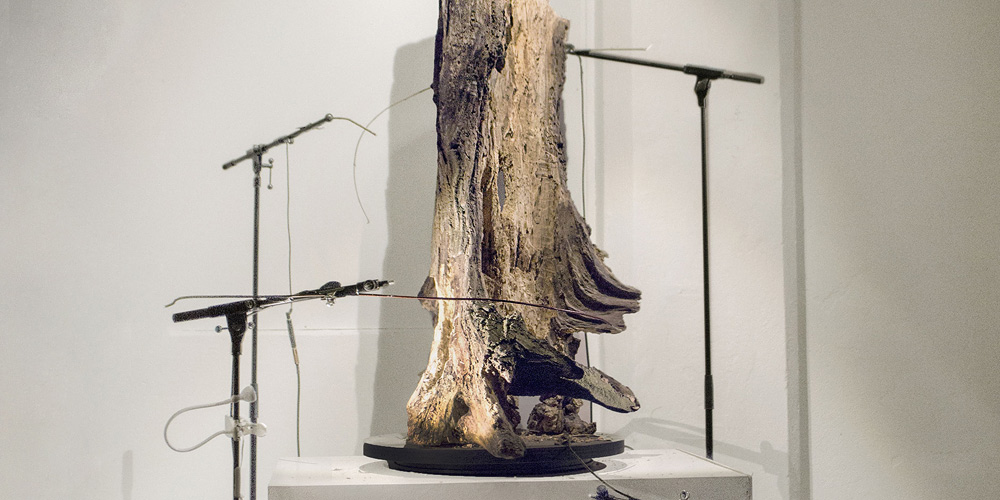
Consider a mechanical rotation, like a car motor: it has a fixed cycle, but no rotation is exactly equal to the previous one. Atn external input slowly but constantly contaminates it. Such is the nature of all matter, a cyclic being but never a static one.
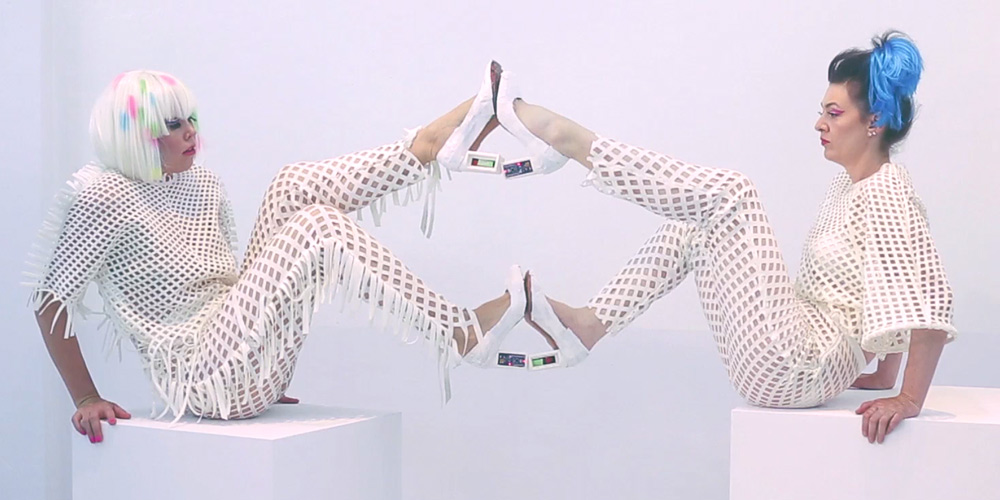
The Liberation of the Feet is a performance with fashionable sounding foot based appendages attempts to demake the physical high-heeled shoe and its associated stereotype meanings. An experimental taxonomy of motions is performed by the feet coupled with machine learning, FM sound synthesis, rapid mixing motion control, expressive lighting technology and pop attitude.
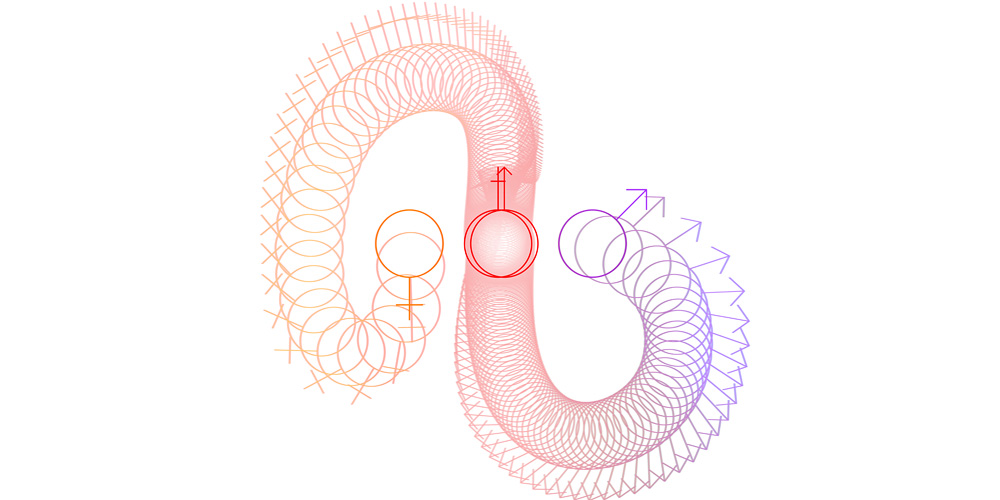
The installation makes the im-mediate/d interaction in social situations felt by media—by sound-gestures mediating the hedonic value of bodily interactions and in this way creating common emotional environments.
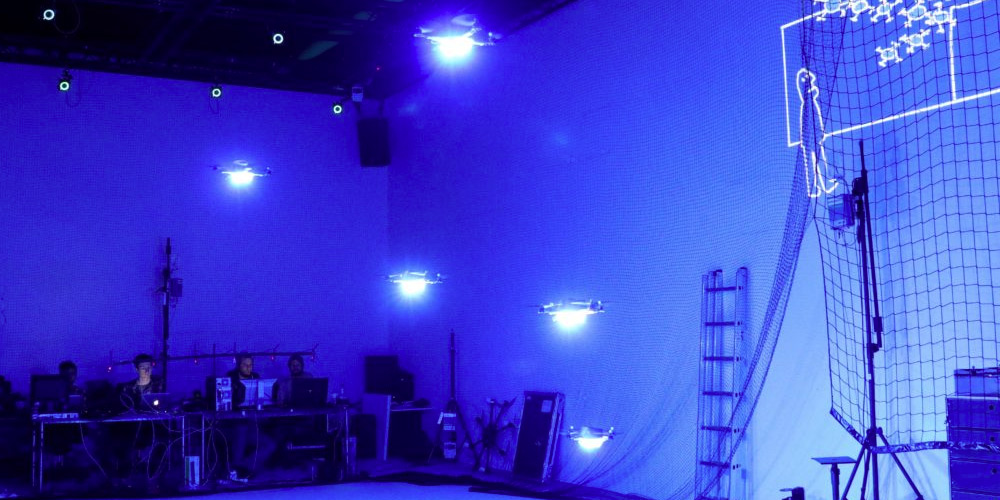
The basic concept behind Swarm Compass is to help people navigate by utilizing swarm intelligence. Going beyond simple signage to swarmbased social communication services is a task that the Japanese telecommunications company NTT and the Ars Electronica Futurelab have cooperatively invested in by using the Spaxels.
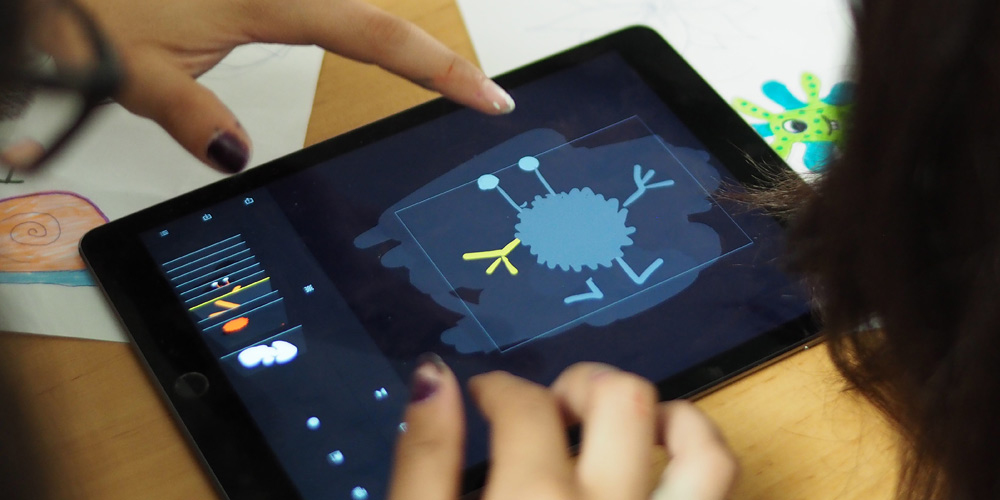
OMAi is very happy to invite you to the launch event for the new Tagtool app! It takes place on the opening day of Ars Electronica Festival on Thursday September 7th, 6pm at Central in Linz, and entry is free.
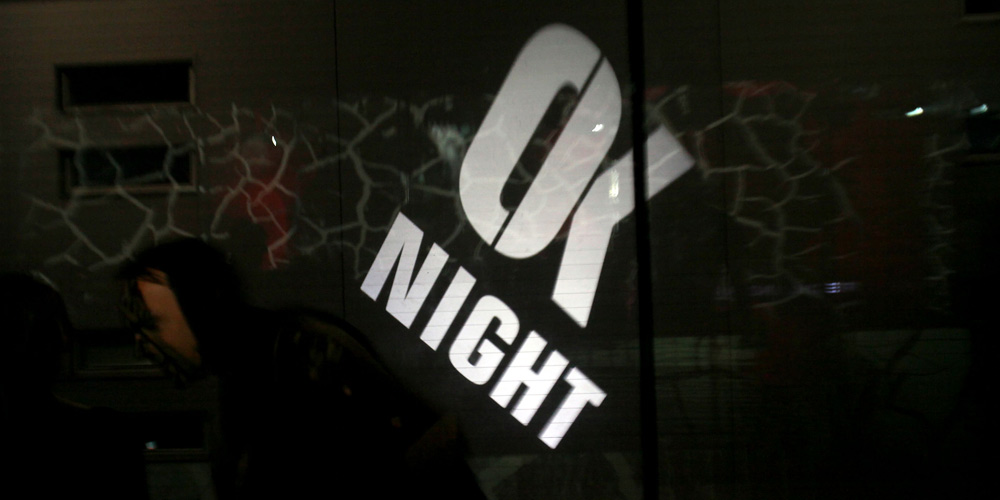
The OK Night, much appreciated by music enthusiasts and night-owls, is the place to be on the Festival Saturday for everyone who wants to crank it up after the Electronic Theatre or the Klangwolke.
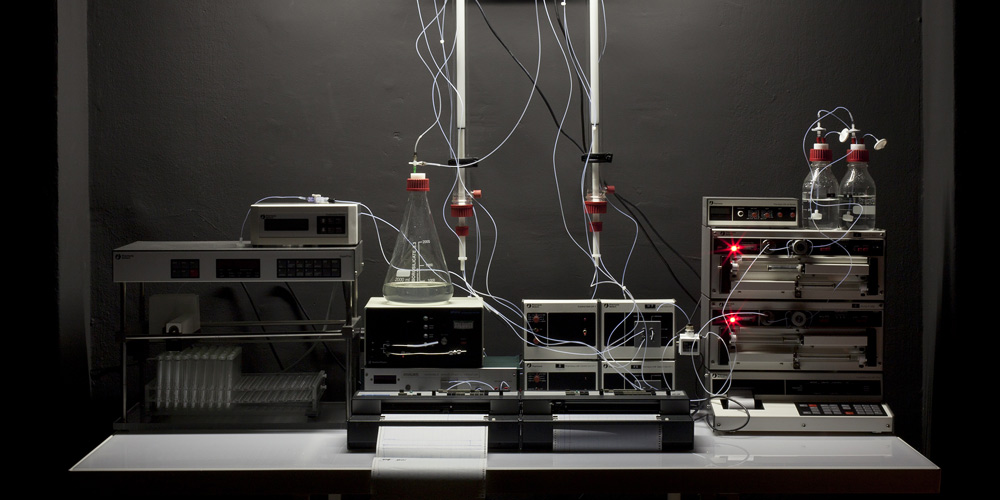
Interactive, innovative and highly technically sophisticated–on September 7th, 2017, 6:30 PM, the OK in the Upper Austrian Cultural Quarter opens the CyberArts 2017 exhibition in conjunction with Ars Electronica. Joing the opening!
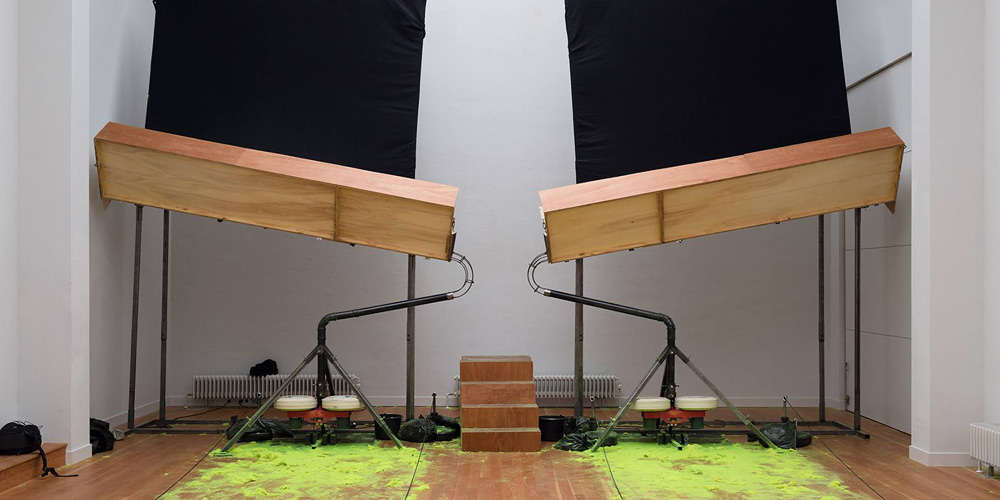
The installation is a closed system that shoots balls at up to 130 kilometers per hour to create sound patterns in extreme violence.
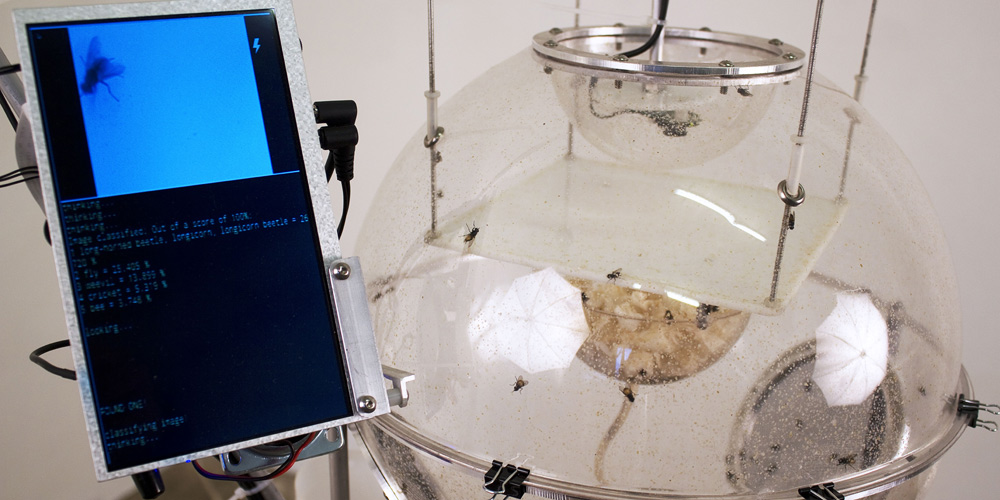
This installation creates a situation where the fate of a colony of living houseflies is determined by the accuracy of artificial-intelligence software.
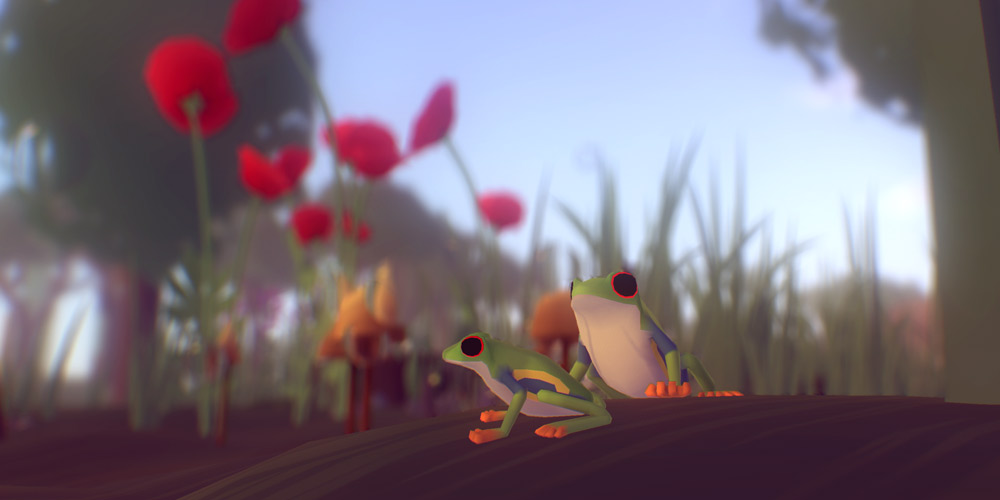
Electronic Theatre is the Ars Electronica Animation Festival’s annual best-of program. It is made up of the fifteen best animated films selected by the jury from among this year’s 1,157 entries. At the same time, Electronic Theatre is a showcase of state-of-the-art production both in an artistic-substantive sense as well as with respect to technological innovation.
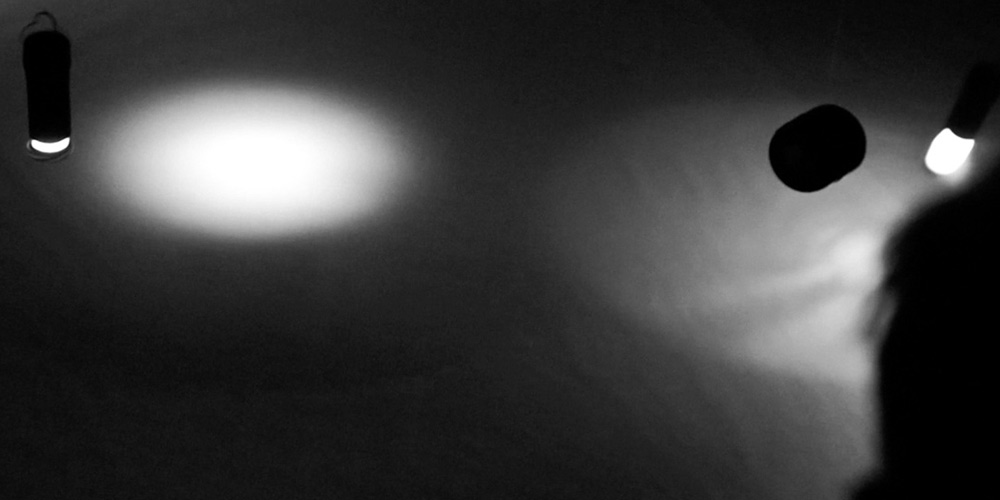
Speakers and flashlights hanging under a transparent net give this performative installation the appearance of floating in space. The performers’ motions trigger one another’s movements and create a multifaceted space.

Interludium A was created in 1982, two years after the democracy movement in Gwangju was crushed. This was a matter of profound concern to Isang Yun, who in the late 1960s, had himself been victimized by the political despotism of the military regime in power at the time.
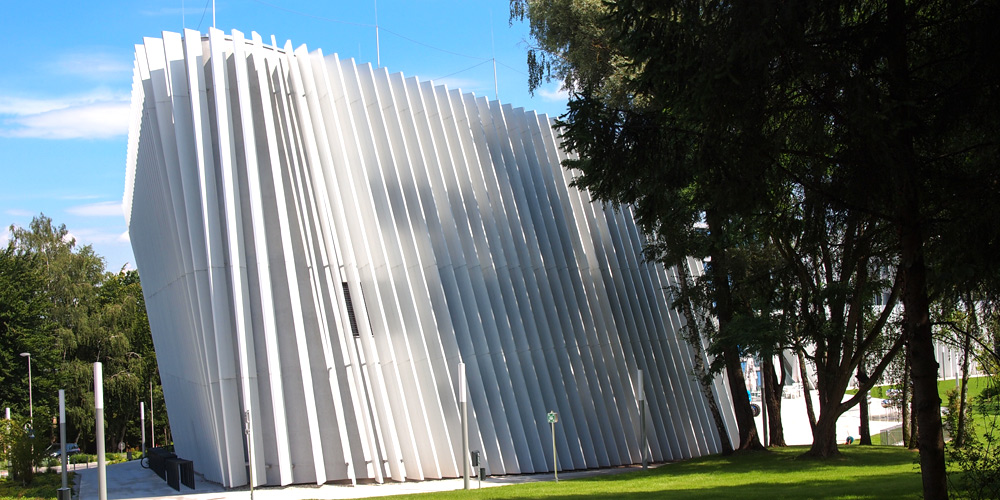
Intermediate Computer Music Concert, curated by Andreas Weixler, Se-Lien Chuang and Volkmar Klien, Anton Bruckner Private University
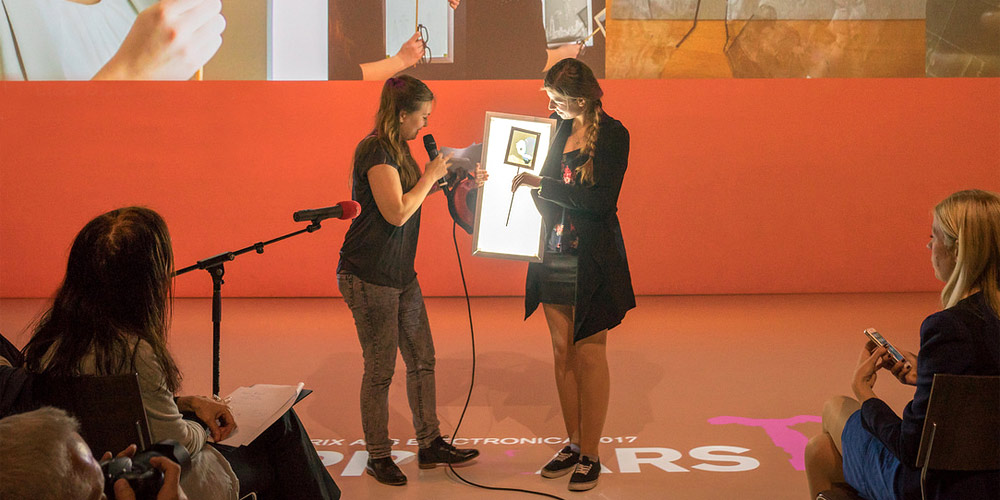
The u19 Ceremony brings together all the prizewinners in this year’s u19 – CREATE YOUR WORLD category of the Prix Ars Electronica. At this event, the spotlight is on the young people themselves. In a brief interview they get an opportunity to present their projects and also to communicate their enthusiasm.
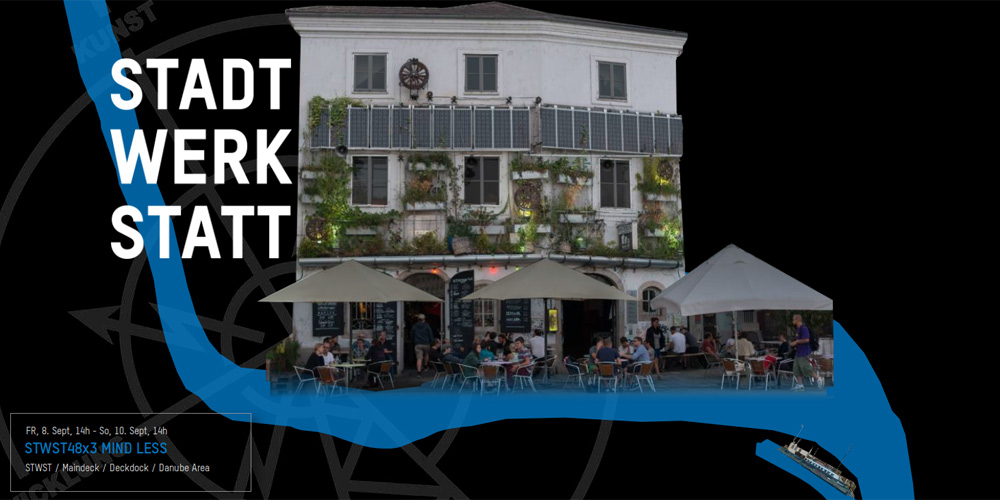
An der Donau in Urfahr und unter dem Motto MIND LESS bietet STWST48x3, die dritte Ausgabe von STWST48, eine non-stop-48-Stunden-Showcase-Kunst-Extravanganza der expandierenden Art.
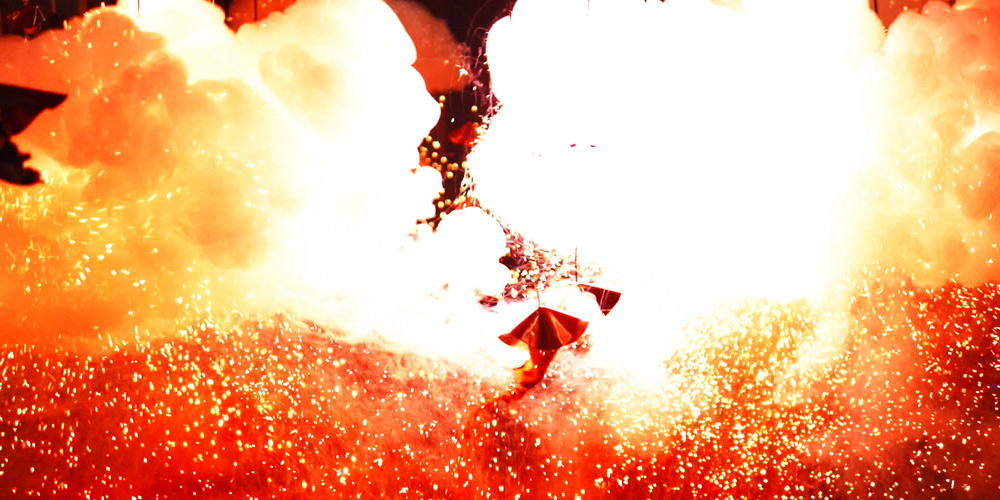
Star Storm is a spectacular, site-specific explosive performance inspired by the processes of the stars. Using research from the European Space Agency on the composition, life cycle, magnetic behavior and light production within stars, including our sun, Aoife van Linden Tol has designed a powerful and beautifully poetic experience.
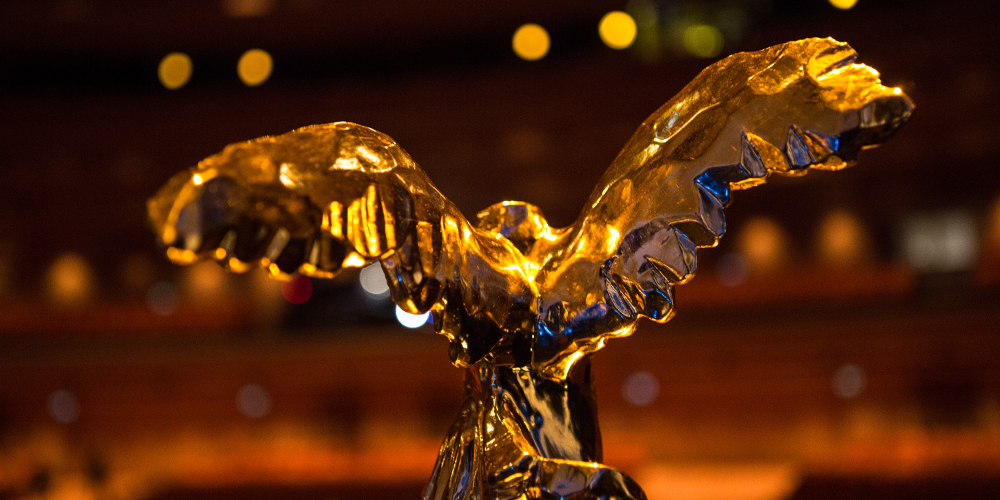
An evening with the crème de la crème of the digital arts – a highlight of the 2017 Ars Electronica Gala will be the ceremony at which the Golden Nica statuettes are bestowed upon the Prix Ars Electronica prizewinners. Additionally, the winners of the STARTS Prize of the European Commission will be awarded.











































